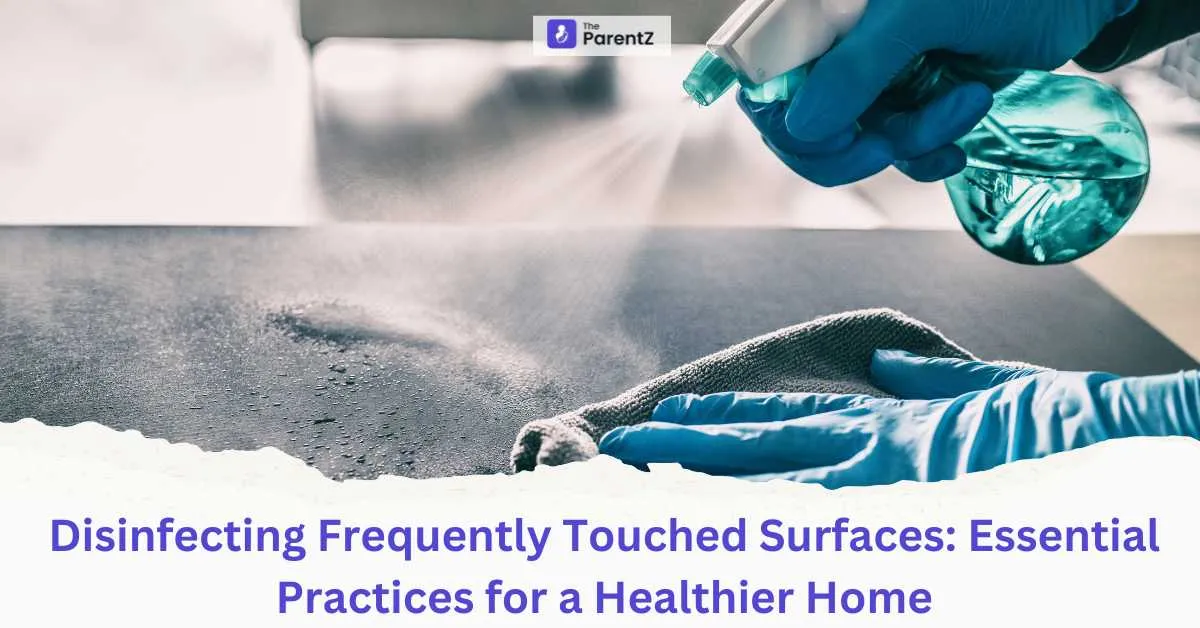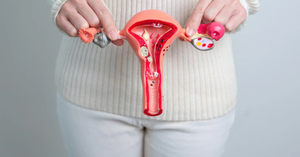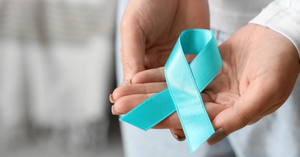In the battle against infectious diseases, regular disinfection of frequently touched surfaces is a critical strategy to curb the spread of pathogens. Commonly used areas such as doorknobs, light switches, and electronic devices often become reservoirs for viruses and bacteria, which can transfer easily through physical contact. This comprehensive guide delves into the dynamics of surface transmission, identifies key areas that require attention, and explores effective and sustainable disinfection practices to foster a safe and healthy environment.
Understanding Surface Transmission: How Pathogens Spread
Pathogens can be transferred from contaminated surfaces to individuals, primarily through contact transmission. This occurs when someone touches a surface laden with microorganisms and then inadvertently touches their eyes, nose, or mouth. Such transmission is a significant contributor to common illnesses, including colds, the flu, and respiratory infections.
The persistence of pathogens on surfaces varies greatly depending on the type and environmental conditions. Certain viruses, such as the flu virus, can survive for hours, while others, like the COVID-19 virus, may persist for days under suitable conditions. Similarly, bacteria such as E. coli and Salmonella can thrive on surfaces, especially in warm and moist settings. Understanding these dynamics emphasizes the importance of routine disinfection to minimize the risk of infections.
Identifying Key Areas for Disinfection
Targeting frequently touched surfaces is essential to preventing pathogen transmission. High-touch areas within homes, workplaces, and public spaces serve as hotbeds for microbial activity. Doorknobs, cabinet handles, and appliance grips are among the most commonly touched surfaces, often harboring a substantial microbial load. Similarly, electronics such as smartphones, tablets, keyboards, and remote controls are frequently in contact with hands but are often overlooked during cleaning routines.
Light switches, countertops, and tabletops in shared spaces also accumulate germs due to their high usage. Bathroom fixtures, including faucets and toilet handles, present an even higher risk due to their proximity to water and frequent contact. Stair rails, bannisters, and appliance surfaces, such as refrigerator doors and microwave buttons, round out the list of areas requiring regular disinfection. Personal items like keys, wallets, and purses, which transition between various environments, further complicate the spread of pathogens.
Effective Methods for Surface Disinfection
Selecting the Right Disinfectant
The efficacy of disinfection depends largely on choosing the appropriate cleaning agent. EPA-registered disinfectants are widely regarded for their effectiveness against a broad spectrum of pathogens. Always check product labels to ensure compatibility with specific viruses and bacteria. Alcohol-based solutions containing at least 70% isopropyl alcohol are particularly effective for electronics and hard surfaces, while diluted household bleach remains a powerful option for non-porous surfaces. A bleach solution can be made by mixing one-third cup of bleach per gallon of water, but it should always be used in well-ventilated areas and never combined with other cleaning agents. Hydrogen peroxide at a 3% concentration is another effective and accessible choice for many surfaces, requiring only a brief contact time to work.
Special Care for Electronics
Electronic devices require delicate handling during disinfection to prevent damage. Cleaning instructions provided by manufacturers should always be consulted before proceeding. Alcohol-based wipes with at least 70% alcohol content are generally safe for screens and keyboards. It is important to avoid excessive moisture and ensure that liquids do not enter any ports or openings.
Establishing a Routine: Frequency and Sustainability
Daily disinfection of high-touch surfaces is recommended to minimize the accumulation of pathogens. In environments with heightened risks, such as homes with sick individuals or workplaces with high foot traffic, more frequent cleaning may be necessary. However, balancing regular cleaning with sustainable practices is equally important.
Adopting environmentally friendly disinfecting methods reduces waste and environmental harm. Eco-conscious disinfectants made from biodegradable or non-toxic ingredients are a great alternative to traditional cleaning agents. Reusable cleaning tools, such as washable microfiber cloths, are not only effective at trapping microbes but also help reduce the reliance on single-use wipes. Proper disposal of used cleaning materials, gloves, and masks in sealed bags prevents cross-contamination, while adherence to local regulations ensures the safe handling of chemical solutions.
Preventing Cross-Contamination
Effective disinfection involves more than just selecting the right products. Assigning specific cleaning tools to different areas, such as bathrooms and kitchens, prevents germs from spreading between spaces. Following a logical cleaning order—starting with the cleaner areas and moving to dirtier ones—ensures that surfaces already disinfected are not re-contaminated.
Education and Collaboration
Maintaining a clean and safe environment is a shared responsibility that requires the involvement of all household members. Assigning cleaning duties and educating family members or employees on proper techniques can create a consistent and thorough approach. Reinforcing hand hygiene habits, such as washing hands after touching high-contact surfaces, further reduces the risk of infection.
Considering Professional Cleaning Services
For large spaces, workplaces, or homes recovering from an illness, professional cleaning services can provide advanced disinfection methods, including electrostatic spraying or UV technology. Choosing a service with a strong reputation and eco-friendly practices ensures both effectiveness and environmental responsibility.
Conclusion
Regular and thorough disinfection of high-touch surfaces is integral to maintaining a healthier living and working environment. By identifying key areas for cleaning, using effective disinfectants, and integrating sustainable practices, individuals can significantly reduce the risk of pathogen transmission. Involving all members of a household or workplace fosters consistency and accountability, creating a safer space for everyone. A cleaner environment not only safeguards physical health but also brings peace of mind, reinforcing the sense of security we all seek in our daily lives.








Be the first one to comment on this story.